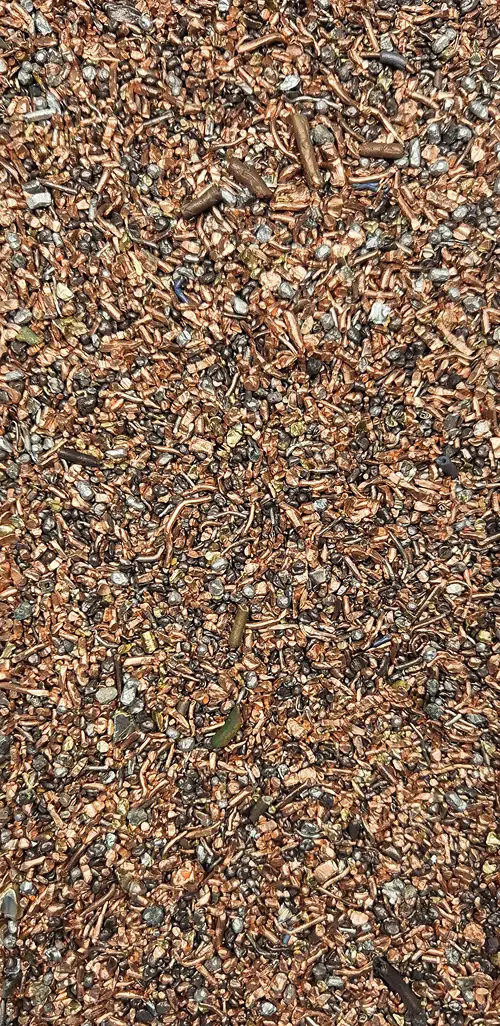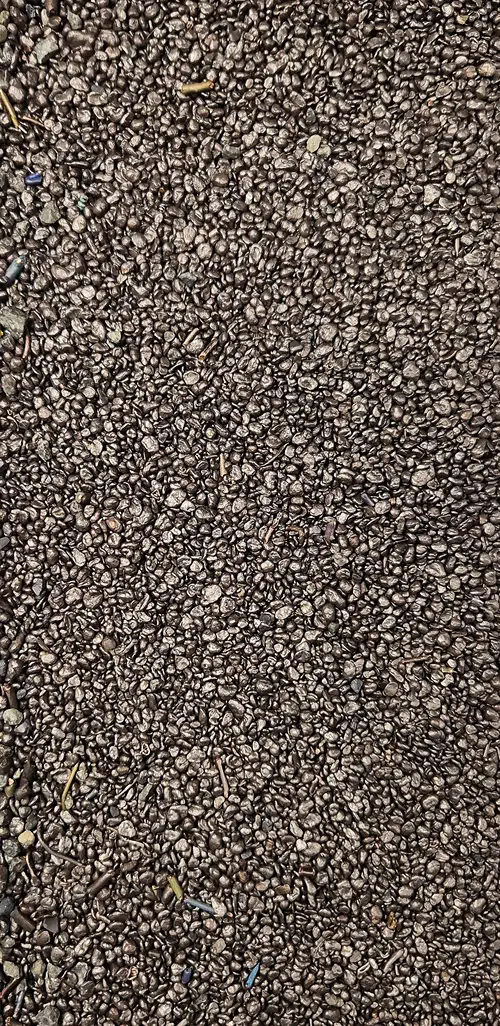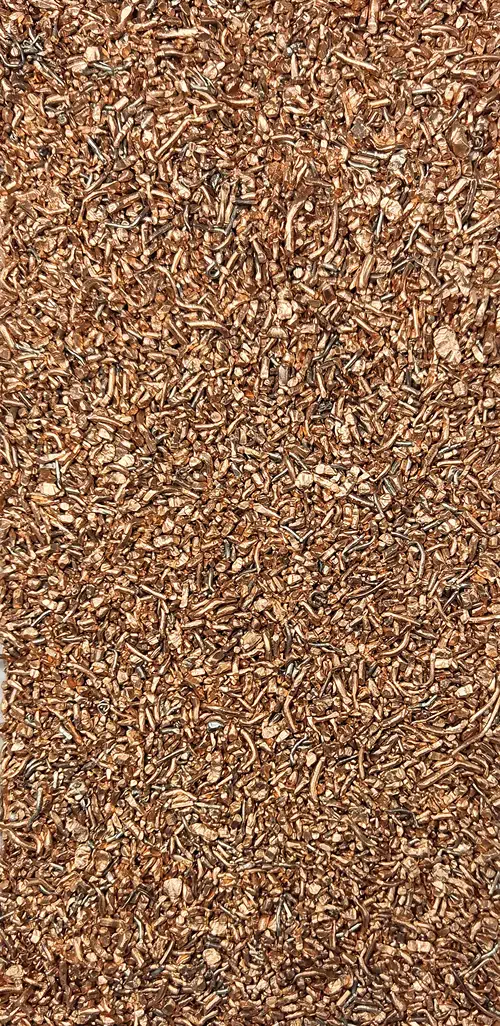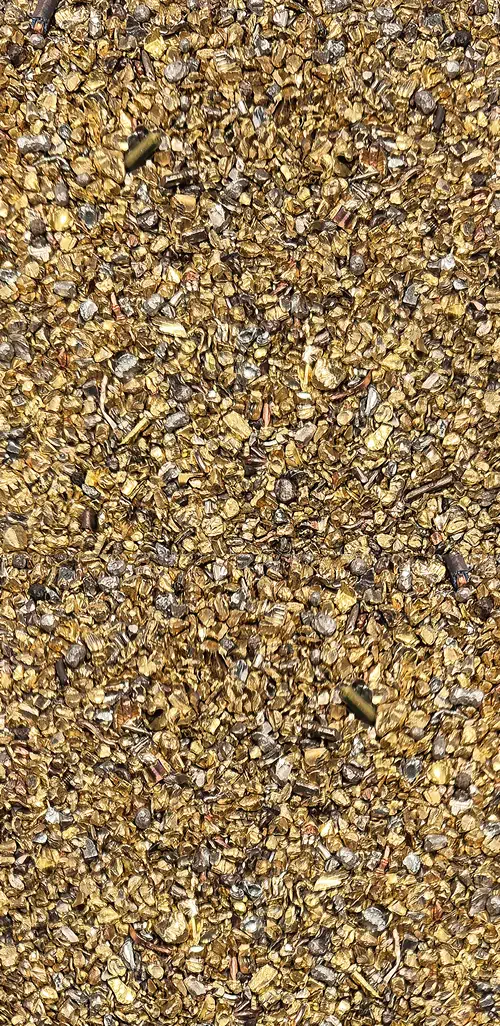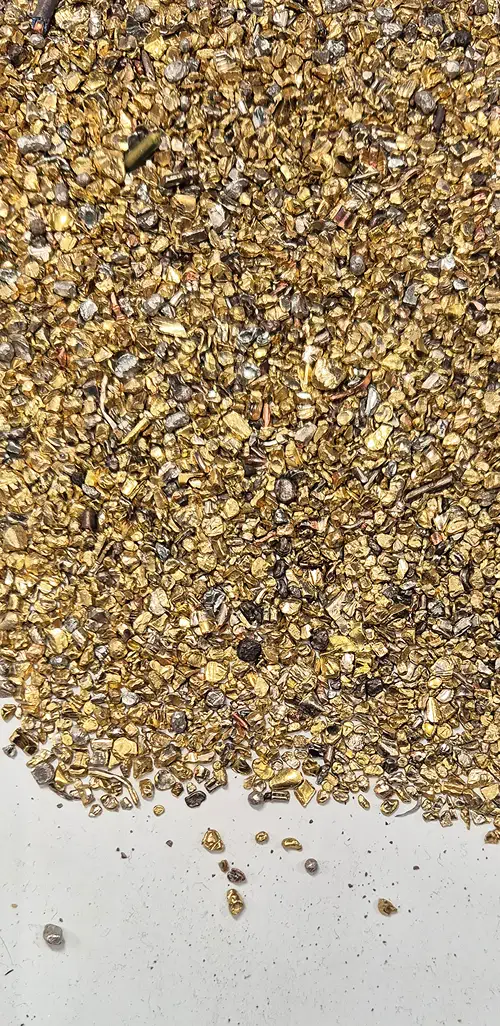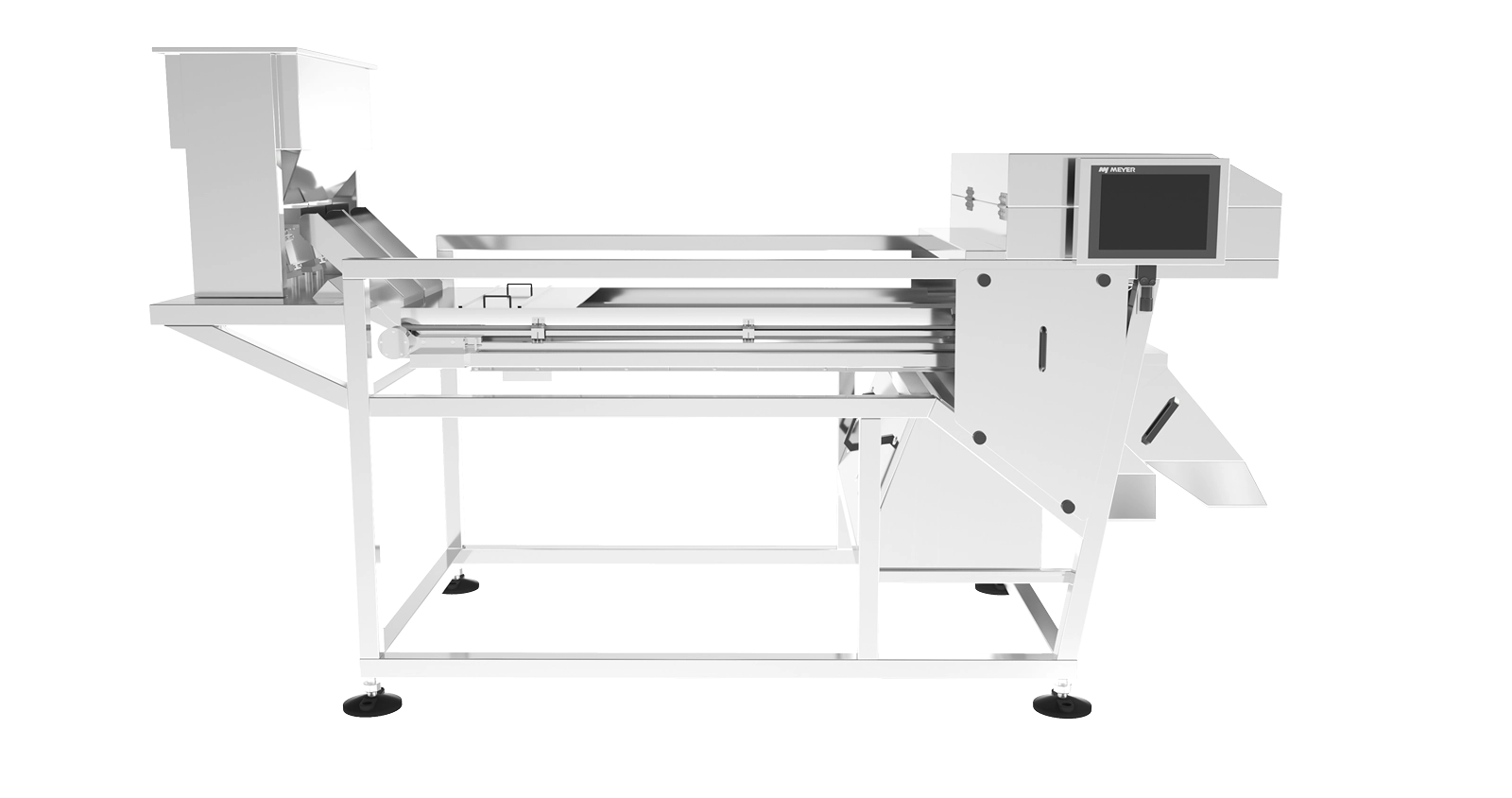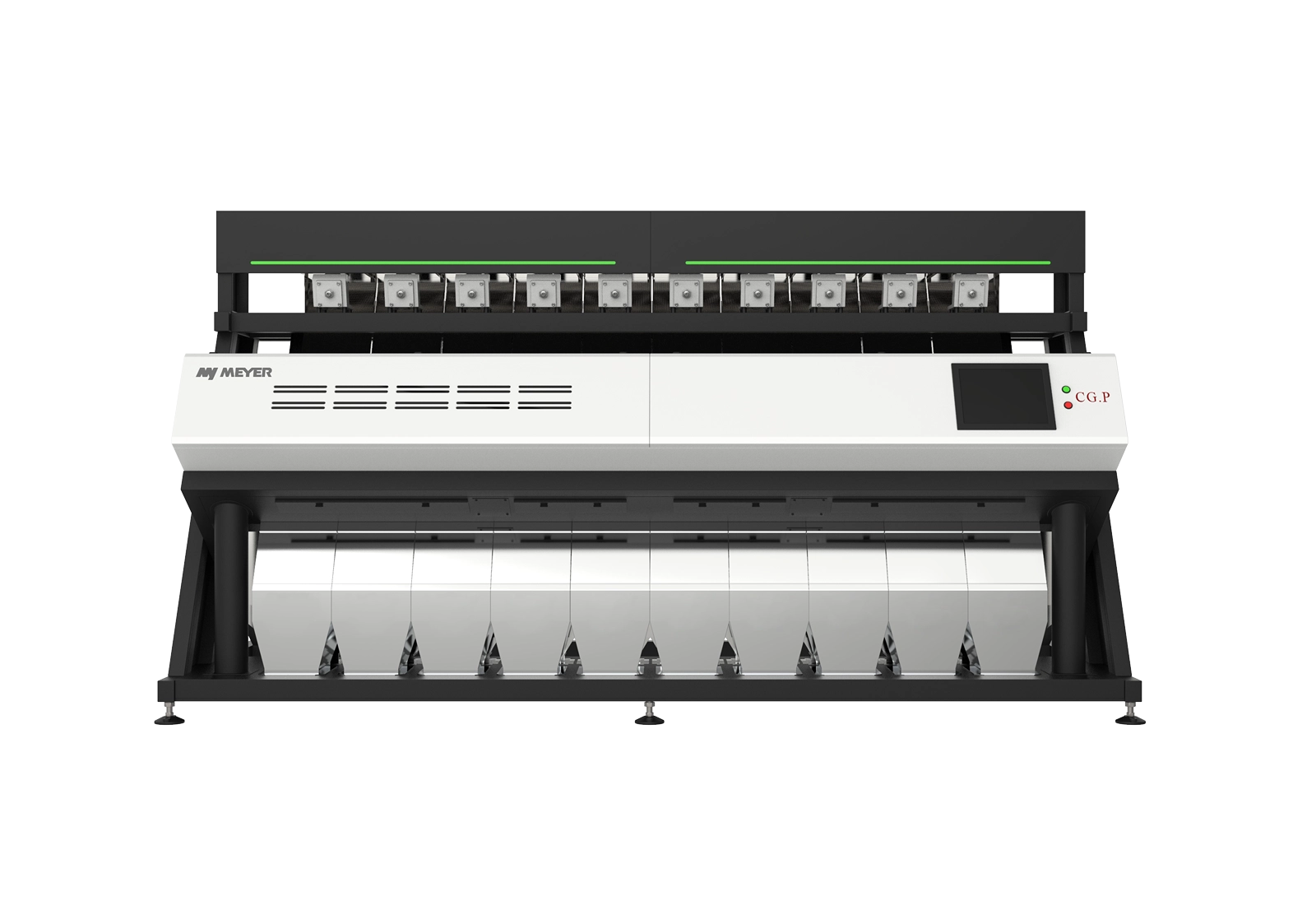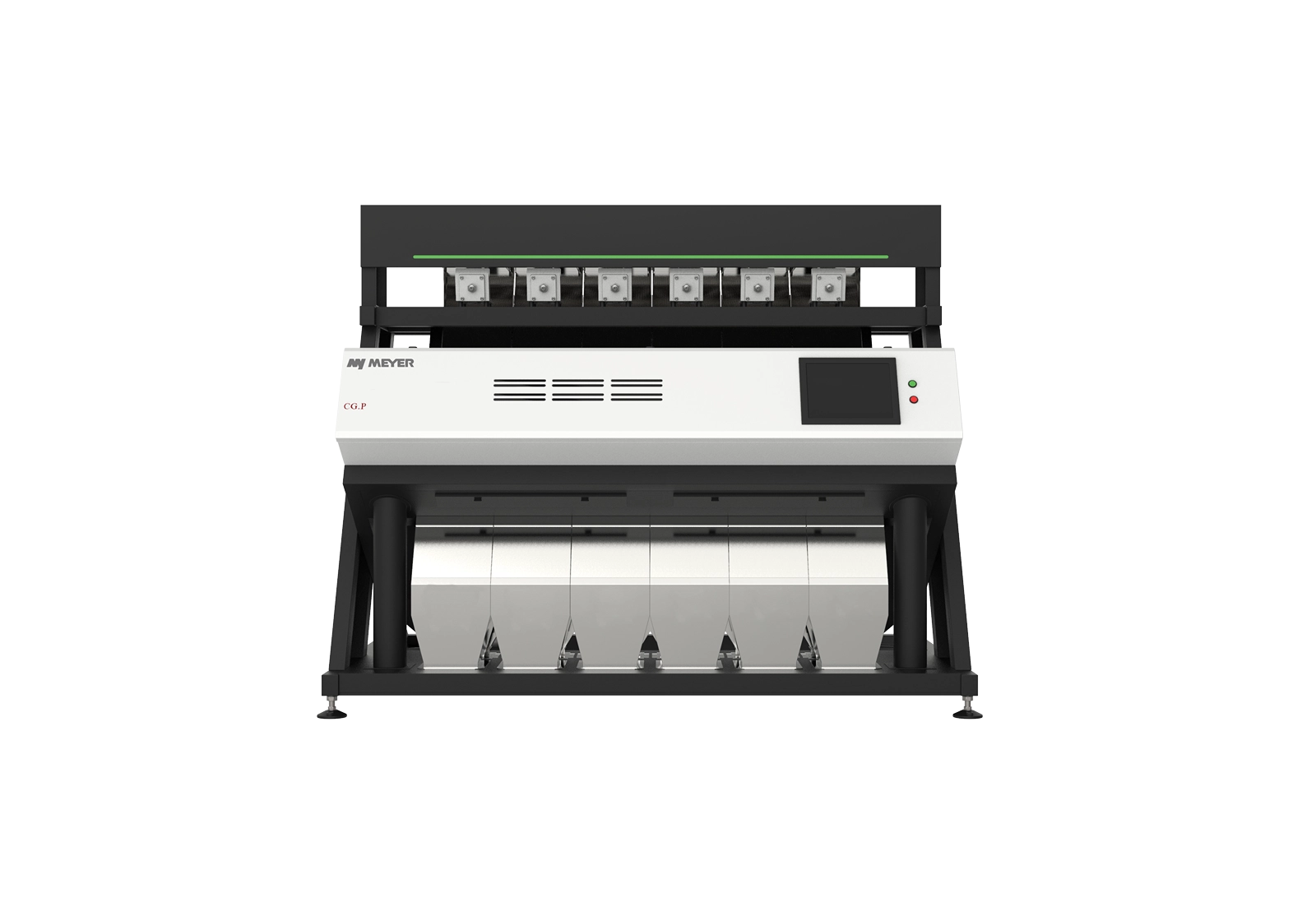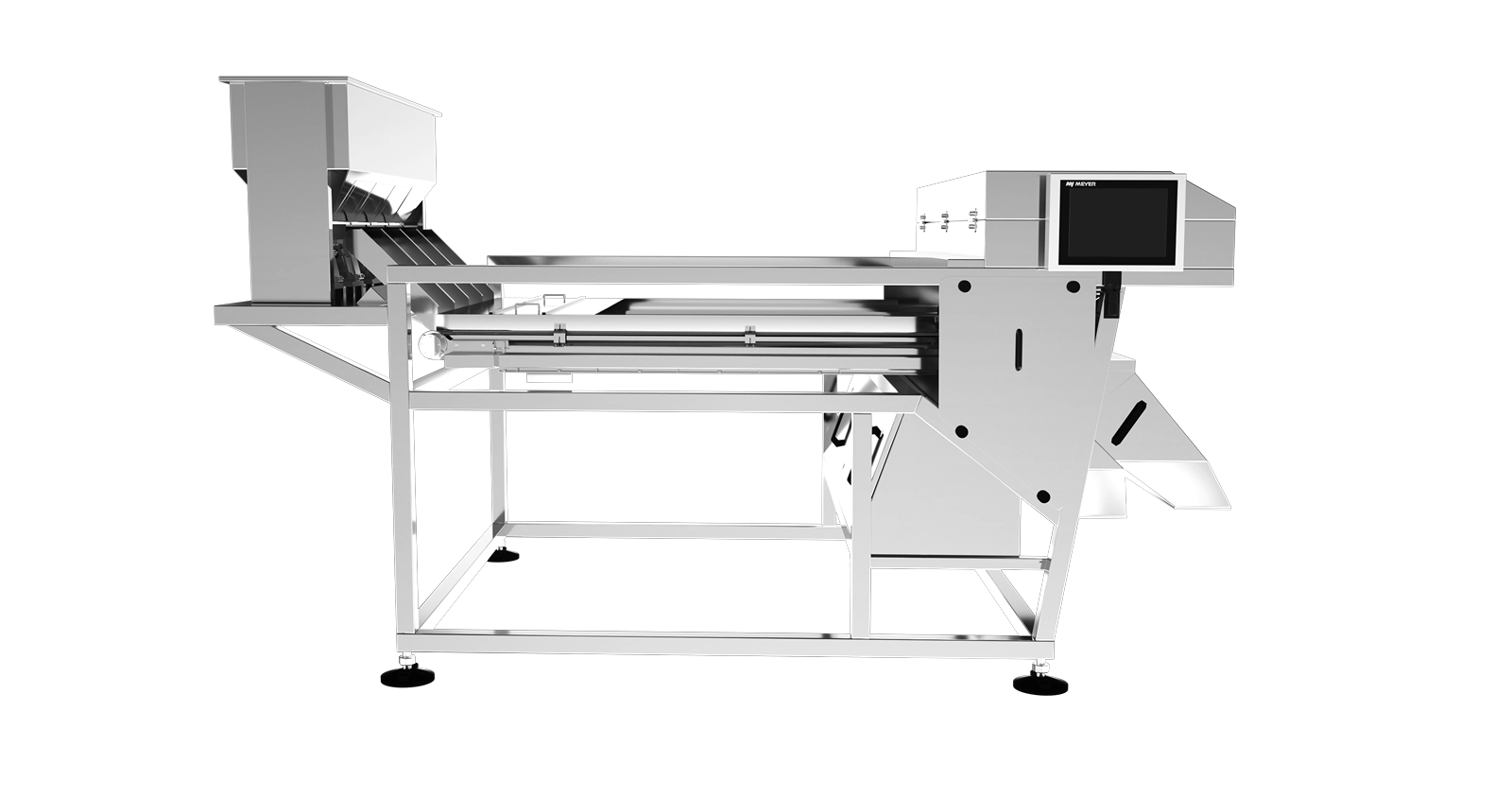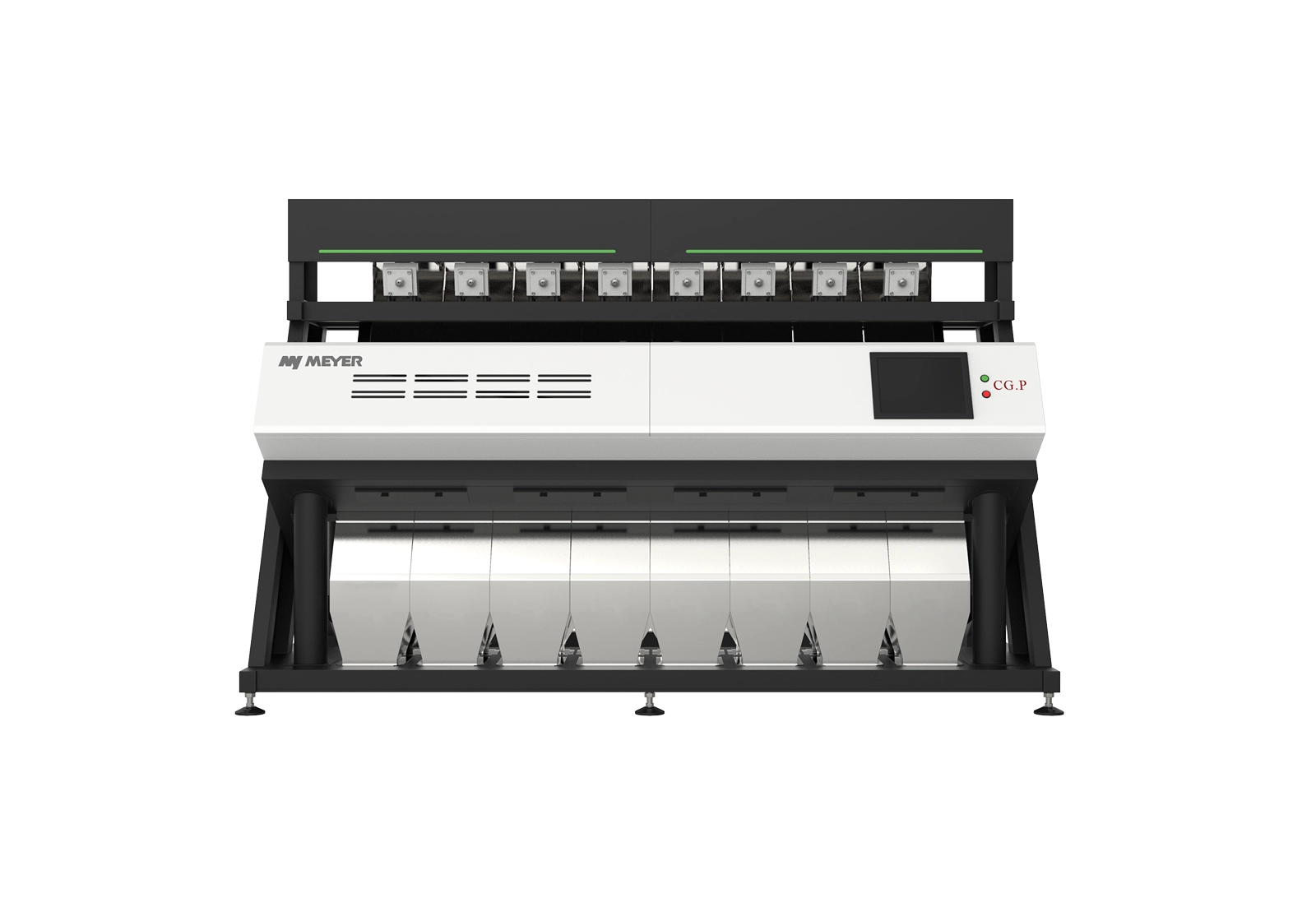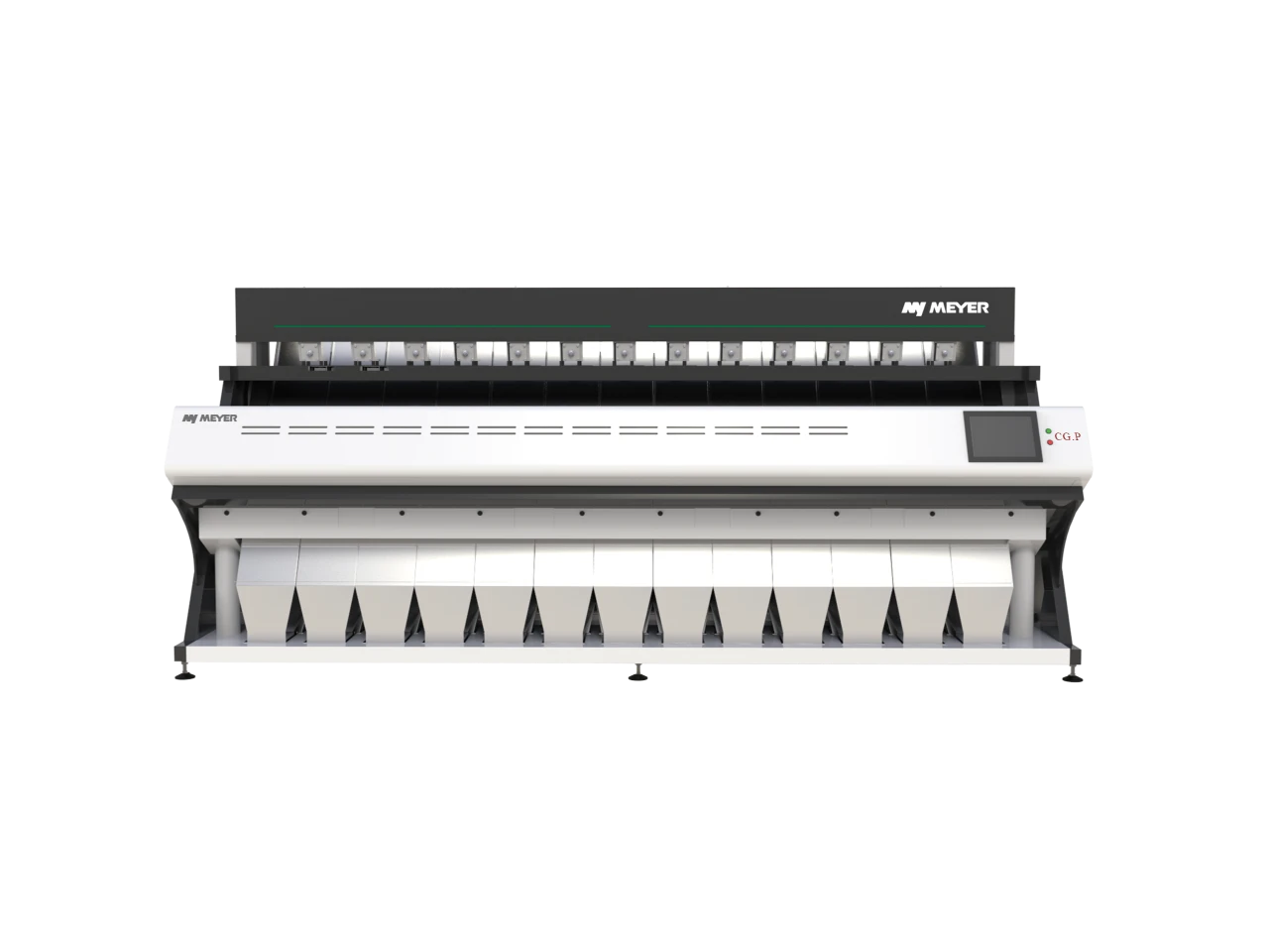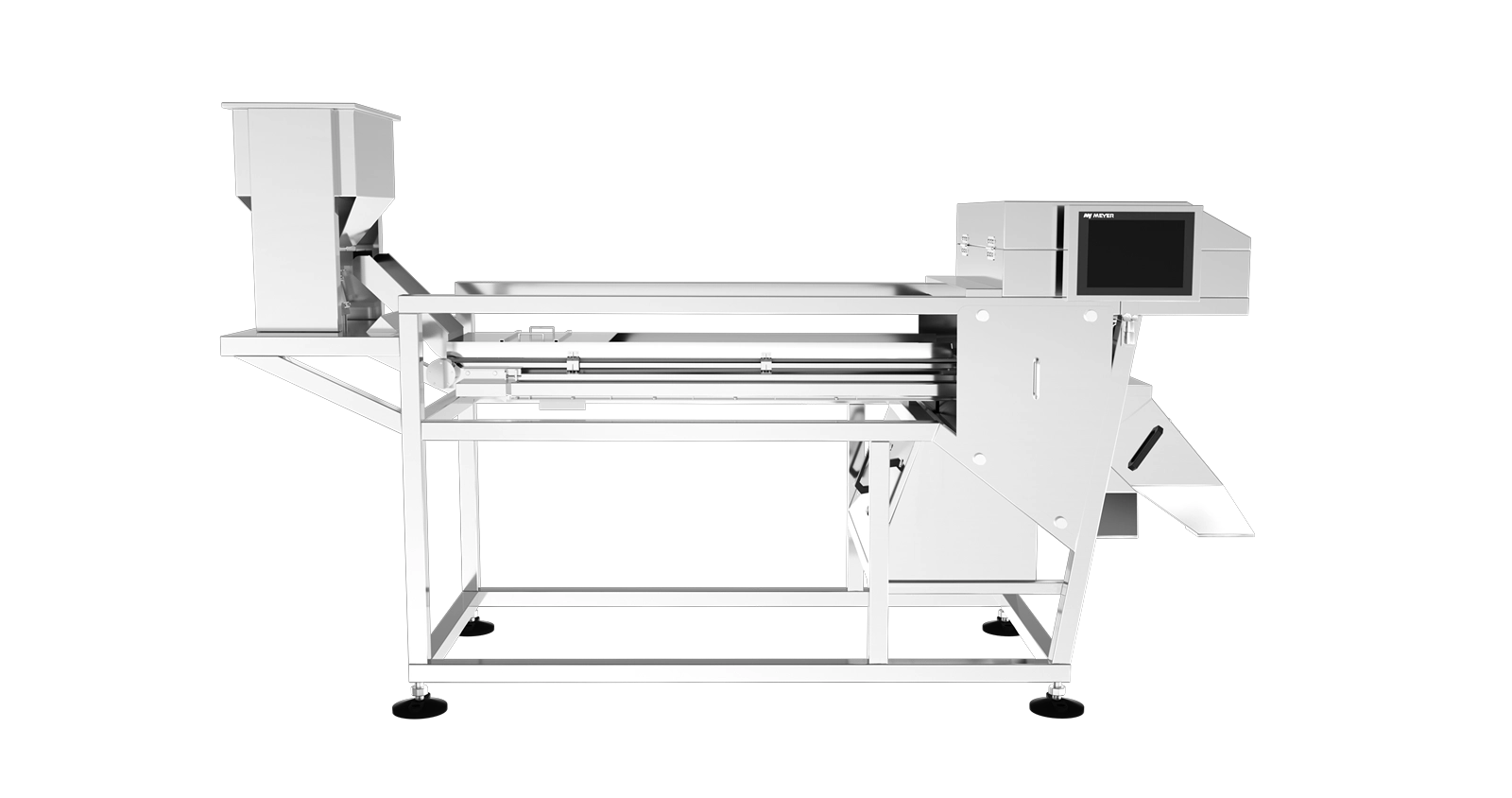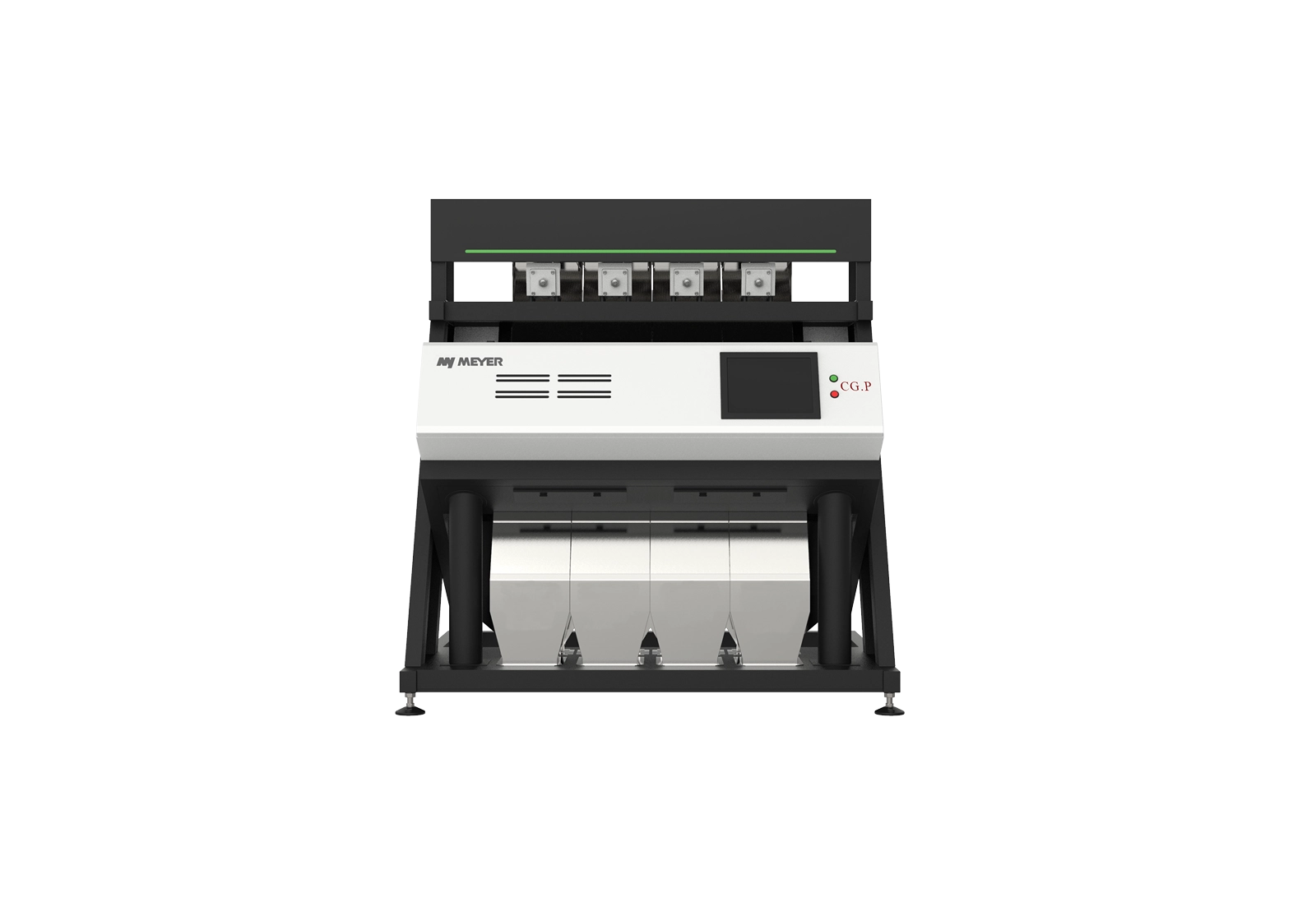Metal sorting
Enhancing Metal sorting efficiency with Meyer advanced sorting technology
Improve Metal sorting quality and increase throughput
Metal optical sorting process
The optical sorting process in metal processing aims to precisely separate metals from other materials, such as cables, plastics, or production waste. Metals, being high-value resources, require special attention during sorting to ensure the highest quality of the recovered material and minimize the amount of rejected material. This process allows for the accurate differentiation of various types of metals, such as copper, brass, aluminum, or stainless steel, significantly increasing recycling efficiency. Optical sorting also enables the removal of contaminants, contributing to the purity of the recovered metal, making it ready for reuse in industry. Modern MEYER sorters can process several tons of input material per hour, making the recycling process fast, efficient, and environmentally friendly.
See sorting samples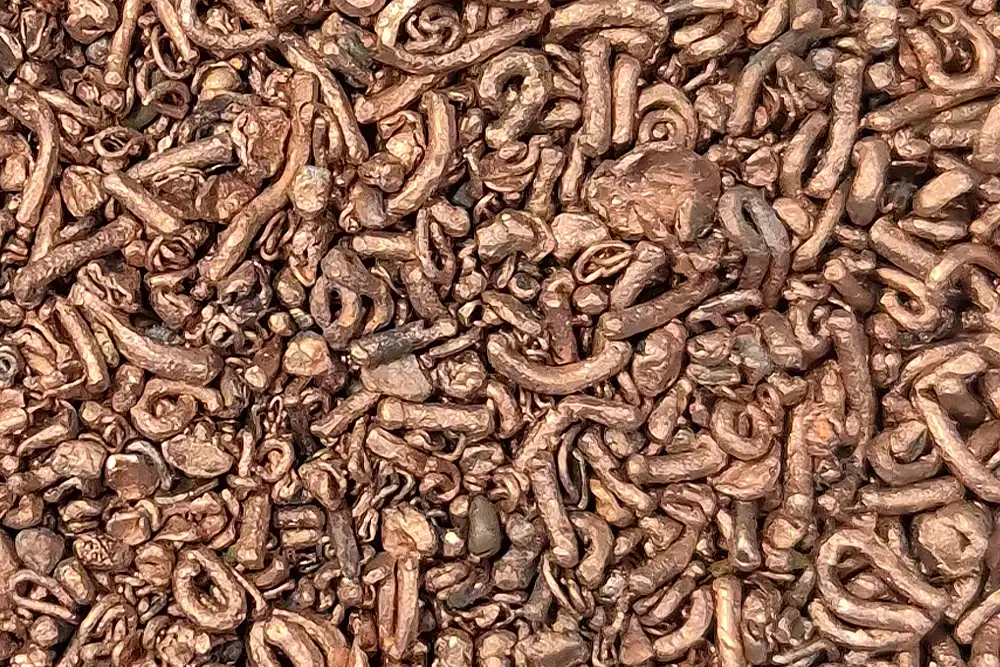
Examples of Metal sorting with Meyer
Best sorting machines for Metal sorting
Benefits of using Metal sorting machines
Increased purity and quality
Optical sorters can detect and remove discolored materials, foreign materials, and defects such as stones, sticks, or damaged grains. This results in higher purity and quality of the final Metal product, meeting consumer and market standards.
Better Efficiency and Throughput
Optical sorting technology allows for the processing of large volumes of Metal quickly and accurately, significantly improving throughput compared to manual sorting methods.
Reduced Labor Costs
Automated sorting reduces the need for manual labor, leading to cost savings and reduced human error in the sorting process.
Improved Product Value
Higher quality and purity of sorted Metal can lead to better market prices and customer satisfaction.
Versatility and Flexibility
Optical sorters can be used for different varieties of Metal and can be adjusted for different sorting needs, making them versatile tools in Metal processing.
Reduced Waste
Efficient sorting helps reduce waste by ensuring that only genuinely defective materials are removed, while maximizing the amount of good product.
Data Collection and Analysis
Modern optical sorting systems can collect valuable data about the waste stream, such as composition and contamination levels, aiding in process optimization and regulatory compliance.
Decreased Environmental Impact
By increasing the amount and quality of recycled materials, optical sorters contribute to reduced reliance on virgin resources, lower greenhouse gas emissions, and a smaller environmental footprint for waste management operations.
Enhanced Product Safety
By removing contaminated grains or foreign objects, optical sorters help prevent potential health hazards, contributing to safer products.
Our clients’ stories
Frequently Asked Questions
What metals can be sorted using optical technology?
Optical technology allows for the sorting of both ferrous and non-ferrous metals, including copper, brass, aluminum, stainless steel, and many others.
What are the material quality requirements for optical sorting?
For optical sorting to be effective, the input material should be properly prepared, with a minimal level of contamination, ensuring the highest quality of recovered metals.
What are the investment costs for optical sorting technology?
The investment costs for optical sorting technology for metals can vary depending on the size of the facility and the specifics of the process. However, due to increased efficiency and savings from minimizing material losses, the return on investment can be achieved relatively quickly. Contact a MEYER representative in your region to develop a customized optical sorting solution tailored to your needs.
